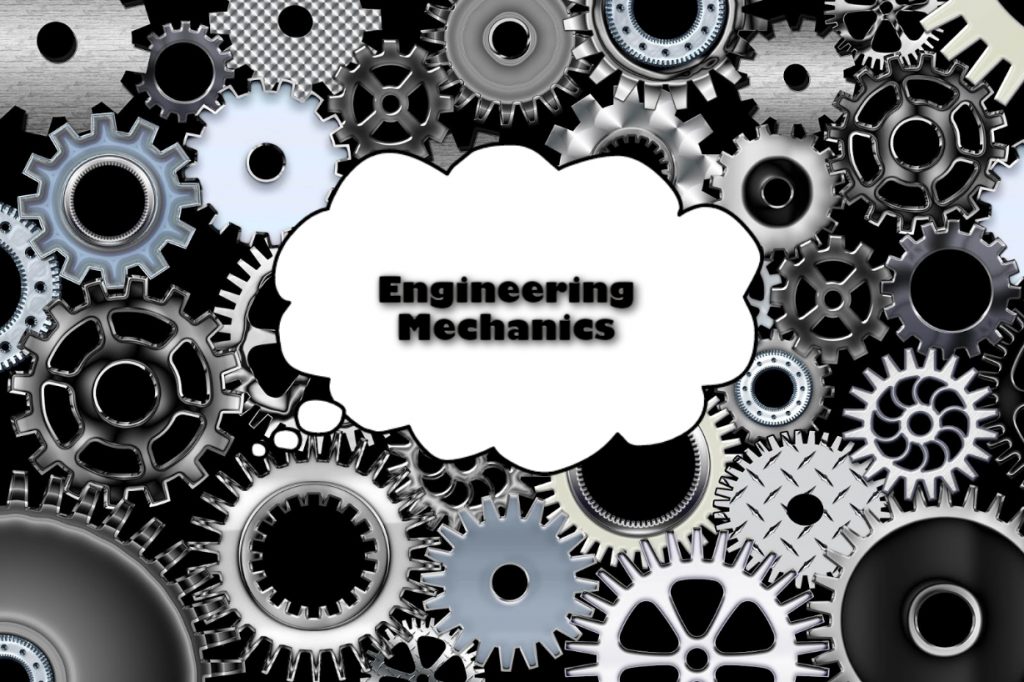41. Moment of inertia is the
A. second moment of force
B. second moment of area
C. second moment of mass
D. all of these
42. The coefficient of restitution for inelastic bodies is
A. zero
B. one
C. between zero and one
D. more than one
43. When the lift is moving upwards with some acceleration, the pressure exerted by a man is __________ proportional to its acceleration.
A. directly
B. inversely
44. The term ‘centroid’ is
A. the same as the center of gravity
B. the point of suspension
C. the point of application of the resultant of all the forces tending to cause a body to rotate about a certain axis
D. none of the above
45. Two forces are acting at an angle of 120°. The bigger force is 40N and the resultant is perpendicular to the smaller one. The smaller force is
A. 20 N
B. 40 N
C. 80 N
D. none of these
46. The center of gravity a T-section 100 mm x 150 mm x 50 mm from its bottom is
A. 50mm
B. 75mm
C. 87.5mm
D. 125mm
47. In order to completely specify angular displacement by a vector, it must fix
A. direction of the axis of rotation
B. magnitude of angular displacement
C. sense of angular displacement
D. all of these
48. Which of the following statement is correct in connection with projectiles?
A. A path, traced by a projectile in the space, is known as trajectory.
B. The velocity with which a projectile is projected is known as the velocity of projection.
C. The angle, with the horizontal, at which a projectile is projected is known as the angle of projection.
D. all of the above
49. The acceleration of a body sliding down an inclined surface is
A. g sin θ
B. g cos θ
C. g tan θ
D. none of these
50. If a body is acted upon by a number of coplanar non-concurrent forces, it may
A. rotate about itself without moving
B. move in any one direction rotating about itself
C. be completely at rest
D. all of these
